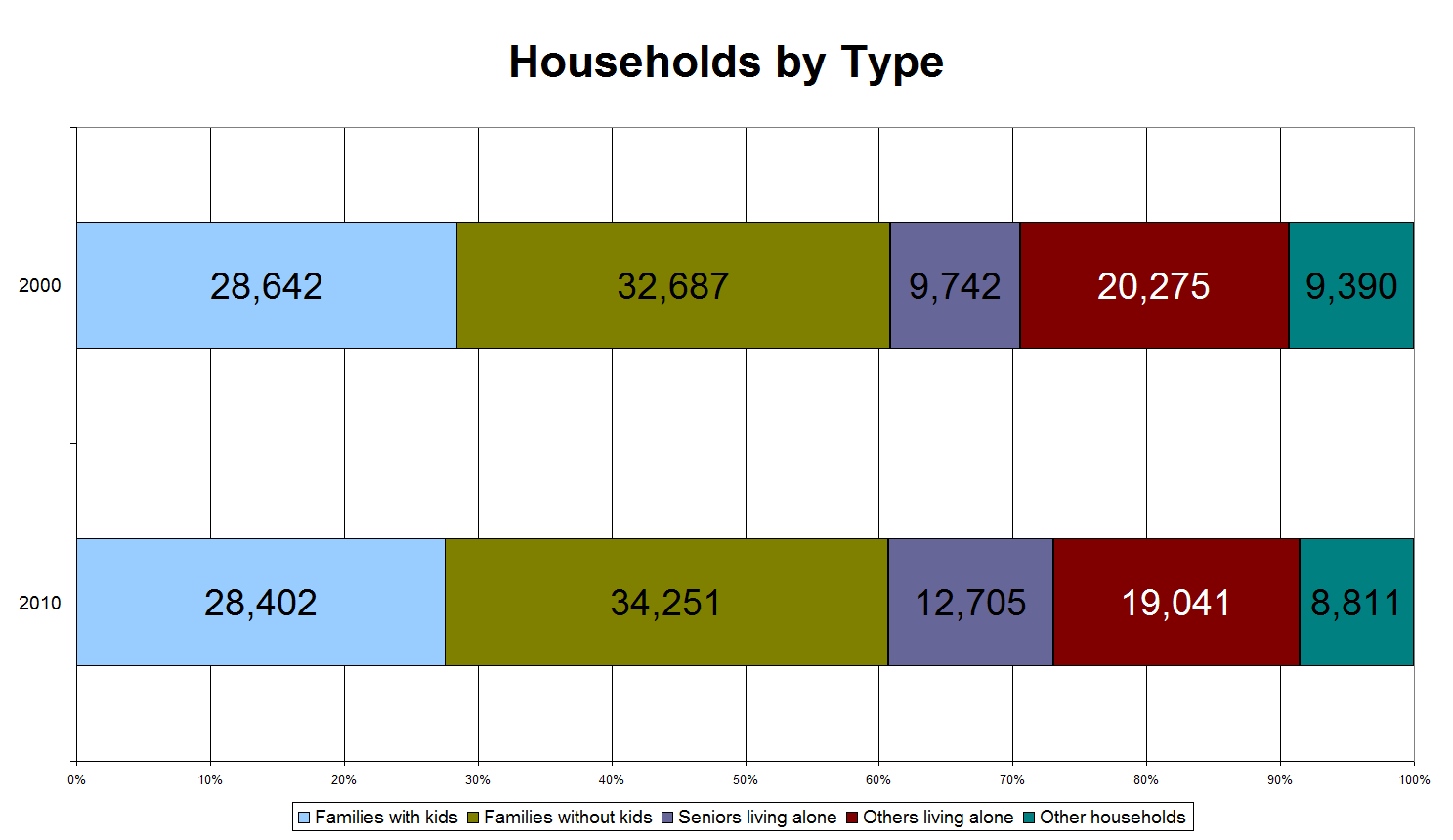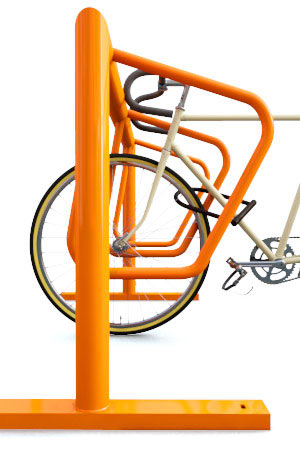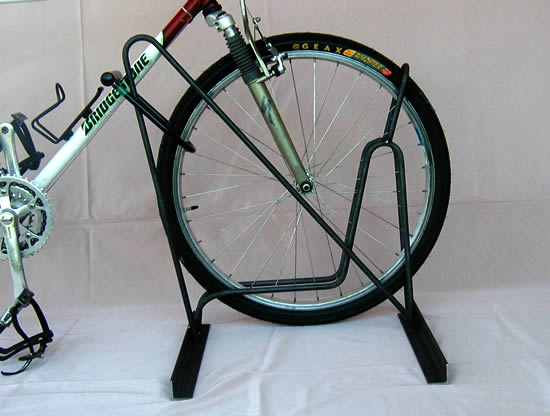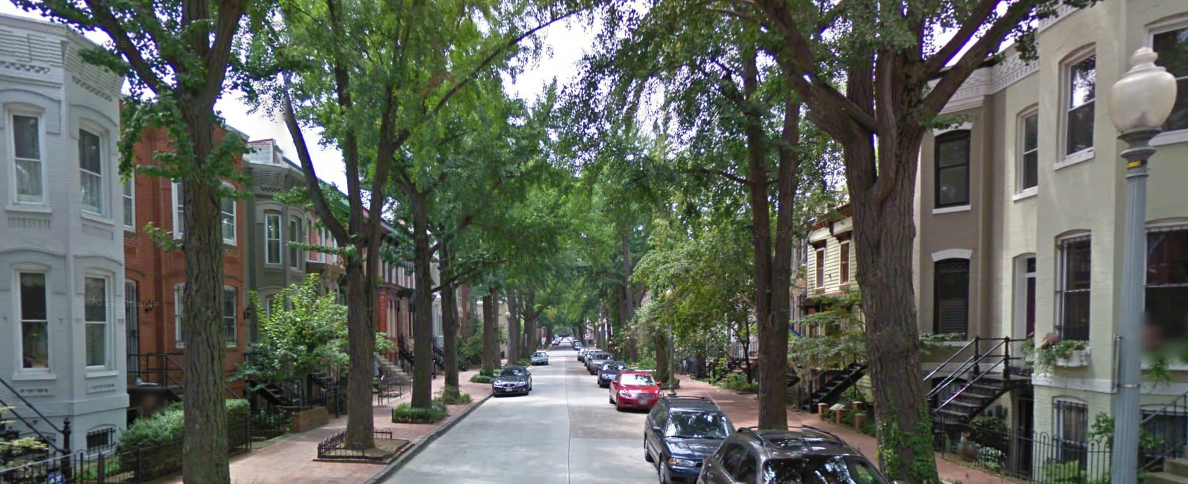Last week, Systemic Failure called out the Greenbrae Interchange Project as a waste of money when we already have an under-funded rail project not far away. Why spend $143 million on a road project that won’t even add capacity? While the Greenbrae project isn’t the best project, it’s about rearranging ramps, not adding capacity. While the Drunk Engineer is a great watchdog of Bay Area transportation policy, he’s looking at the wrong project. For that, we need to look a bit further north, to the billion-dollar freeway investment underway in Sonoma.
Let’s step way back to two things, money and problems, and restrict our potential solutions to roads and rail. Fresh on our desk is a dictate from The Man saying the transportation system between Windsor and Larkspur doesn’t have enough capacity to meet the demand for travel, and we have $1.4 billion ($1 billion from roads, $404 million from rail) available to fix it.
Adding two carpool lanes for the length of freeway that currently doesn’t have any will cost $1 billion, we know, and will add about 4,000 people per hour worth of capacity through the area. We can add about another 1,000 with a $500 million rail project*, but we can't afford it, so we'll truncate our line at San Rafael and Santa Rosa.
What if we pumped all $1.4 billion into the road? Lanes only have so much capacity, and that decreases as the freeways get wider. We might be able to add travel lanes at the most congested part of the road, but all the merging could just gum up the works more.
What if we flipped all $1.4 billion into rail? As it turns out, this would give us almost as much capacity.
- Base SMART: $680 million, 650 passengers per hour (164 seats per train, 2 trains running in either direction per hour)
- 7.5 minute service with three-car trains: $1.2 billion, 3,936 passengers per hour or 5,280 with standees**.
If SMART were to get a clearance from the FRA to run European trains, the cost of 7.5 minute service drops to $1 billion, leaving us with $400 million to spend on years of operations, grade separations from traffic, or a 10-mile extension to Richmond’s BART and Amtrak station. Success! Not only did we meet our goal, we added capacity much further north and south than the 101 project and have some money left over for other projects. That's pretty damn good.
Alas, this is not how we do things. Instead, we're spending 40% more money than we need to for a worse transportation product. That the most efficient project, SMART, cries poverty – much of its own making, true – is even more egregious. All the while, local and state authorities pump almost double the cost of the entire project for parallel road capacity. Rather than a truly transformative investment, SMART will be relegated to only a shadow of its potential.
This is the height of what Cap'n Transit calls transportation myopia, and something that happens all the time in the Bay Area. Caltrans and MTC tend to see road capacity problems as vehicle problems rather than transportation problems. When they do take transit into consideration, they just duplicate efforts in parallel to the road project because they forget that transit a means of transportation, not a goal to be achieved on its own, and functions in competition to cars. That means that nobody takes SMART seriously as transportation in its own right. Even SMART views itself as a supplement to driving.
MTC, TAM and SCTA need to cut off funding to the Highway 101 project and invest it in SMART. Caltrans is hunting for funds now, and none of these agencies should cough up the cash. Not only will the train add more capacity than the freeway, but it will also strengthen towns up and down the 101 corridor in a sustainable way, attract employers, and knit together the North Bay in a way a wider 101 never could.
We spend so much energy in the North Bay talking about the environment. Let's actually do something for the environment and save money in the process.
*The cost of the IOS + Windsor is about $500 million.
** The maximum length of a train is limited by the size of a city block to three cars, so that's how many we can put on a single train. The Sharryo train cars SMART will use have 82 seats with space for 28 standees, so a three-car train has space for 330 riders. The 7.5 minute headway is the minimum allowable without widening the Puerto Suello tunnel, and it means 8 trains per hour per direction. The cost of sidings to allow that much frequency is about $180 million more than the current system. Each Sharryo car costs $3.3 million, and 7.5 minute headways requires 34 trains. Add together the cost of 34 three-car trains and more sidings to the base cost of $680 million and you have about $1.2 billion.
UPDATE: If you're wondering where I got my costs, I detailed a double-track system here and a cheaper sidings-based system here.



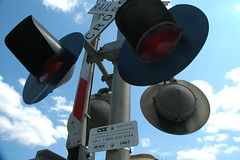
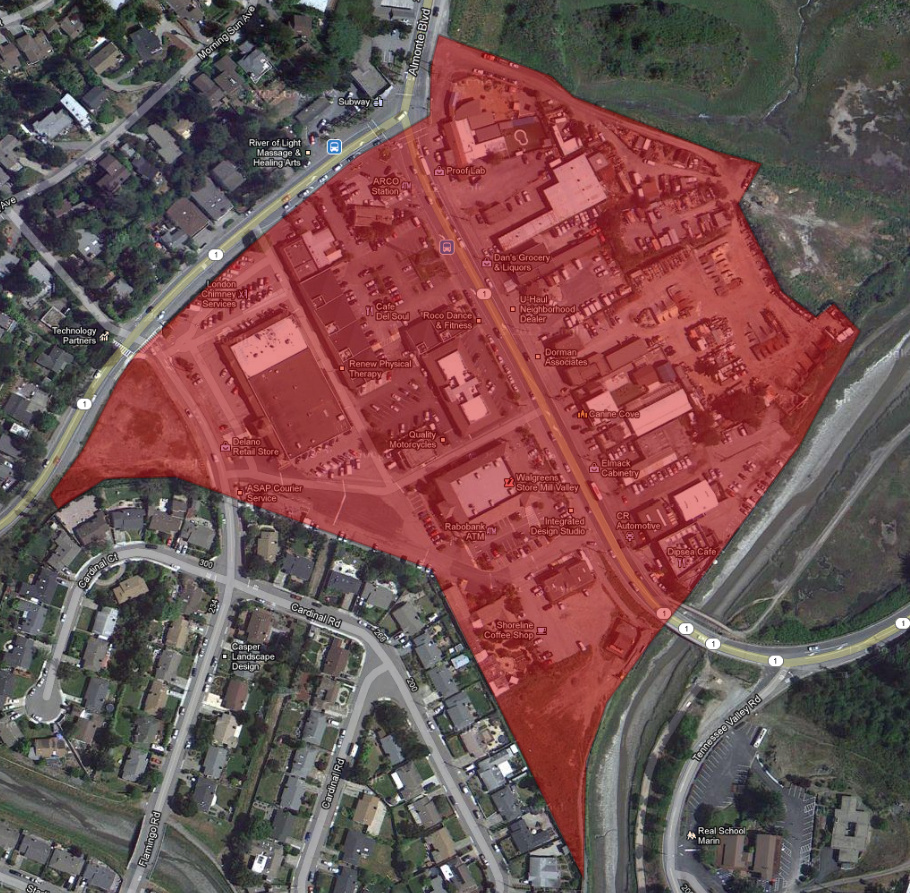

![Baltimore [Population: 288,530,000]](http://farm1.staticflickr.com/36/125498077_6a0785e1d8_z.jpg?zz=1)
